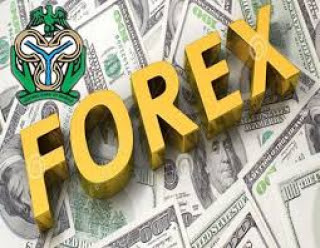The Naira depreciated in exchange value again at the black market in the early hours of Friday, trading at N730/$1 which implies a depreciation of 0.27% from the N728/$1 it traded on Thursday.
However, the local currency recorded marginal appreciation in the cryptocurrency peer-to-peer (P2P) FX market at which it slightly appreciated by 0.02% to trade at a minimum of N729.8/$1 compared to the N729.96/$1it traded the preceding day.
Available data from official sources indicated that the Nigerian currency appreciated slightly by 0.2% at the Importer& Exporter (I&E) official window to close at N436.63/$1 up from the N437.5/$1 it exchanged for on Wednesday.
The information further indicated that on Thursday, a total sum of $100.74 million exchanged hands on Thursday, representing an increase of 43.06% from $70.42 million that was traded in the previous day trading session.
This is even as Nigeria’s external reserve marginally dipped to $38.11 billion in the day under review (Thursday), representing 0.08% depreciation when compared to $38.14 billion recorded the preceding day.
The Central Bank of Nigeria (CBN) has been supplying dollars to FX traders at the official window and until recently, the Bureau De Change (BDC) traders in the past years to achieve some level of exchange rate stability for the Naira in the Foreign Exchange (FX) market.
For instance, data provided by the apex bank on its interventions in the FX market showed that it injected $3.36 billion into the market in December 2021 and January this year as part of its efforts to stabilize the national currency’s exchange rate.
Financial experts have partly linked the sustained interventions of the CBN in the FX market to the nation’s low foreign reserve, which has been oscillating between $38 billion and $41 billion for the past few months.
Also, many analysts linked the worrisome development to other factors, including the changing pattern of foreign trade especially as it relates to the global supply chain in recent months, institutional changes in the economy and structural shifts in production, amongst others.






